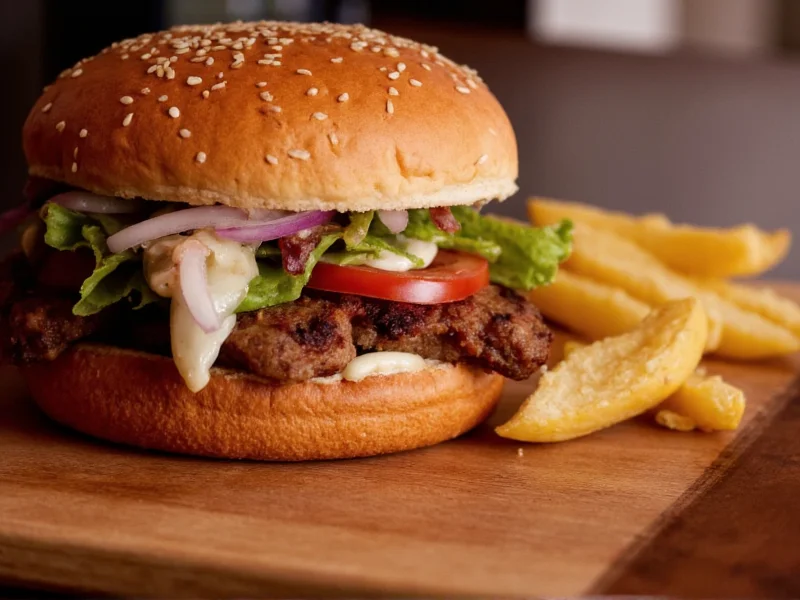The Authentic Roots of Chipotle Peppers
Understanding where chipotle comes from requires exploring Mexico's rich culinary history. Unlike fresh jalapeños, chipotles undergo a specific transformation process that gives them their distinctive flavor profile. The smoke-drying technique wasn't merely practical—it represented sophisticated food preservation knowledge developed by ancient Mesoamerican civilizations.
Historical Development of Chipotle Production
Archaeological findings indicate that smoke-drying chilies dates back to 3000 BCE in what is now modern-day Mexico. The Aztecs perfected this technique, using it to preserve jalapeño peppers for year-round consumption. Traditional chipotle production involved placing ripe red jalapeños over slow-burning wood fires, typically using mesquite or oak, for several days until fully dehydrated.
| Historical Period | Chipotle Production Method | Primary Usage |
|---|---|---|
| Pre-Hispanic (3000 BCE-1500s) | Open-fire smoke-drying in clay ovens | Preservation, ceremonial use, trade |
| Colonial Era (1500s-1800s) | Refined smoke-drying techniques | Culinary integration with European ingredients |
| Modern Era (1900s-present) | Commercial smoke-drying facilities | Global culinary ingredient, sauce production |
Regional Variations Across Mexico
While chipotles are used throughout Mexico, regional variations exist in their preparation and application:
- Morita variety: Primarily from Jalisco and Michoacán, these smaller, darker chipotles have a fruitier flavor
- Meco variety: Larger and tan-colored, commonly used in central Mexico for adobo sauces
- Tamulipas style: Features additional spices like cumin during the smoking process
Traditional Preparation Process
The authentic method of creating chipotles involves several precise steps that have remained largely unchanged for centuries:
- Ripe red jalapeños are harvested at peak maturity
- Peppers are placed on raised racks above slow-burning wood fires
- Smoke temperature is carefully maintained between 120-150°F for 3-5 days
- Peppers are periodically turned to ensure even drying
- Finished chipotles contain approximately 8-10% moisture content
Global Spread of Chipotle Peppers
Chipotle peppers remained largely confined to Mexican cuisine until the late 20th century. Their international popularity began with:
- 1970s: Introduction in American Southwestern cuisine
- 1980s: Commercial canning of chipotles in adobo sauce
- 1990s: Mainstream availability in supermarkets worldwide
- 2000s: Integration into diverse global cuisines from Korean to Scandinavian
Chipotle vs. Other Smoked Chilies
Many people confuse chipotles with other smoked peppers. Understanding where chipotle comes from specifically distinguishes it from similar products:
- Chipotle: Specifically smoke-dried jalapeño peppers (Capsicum annuum)
- Guajillo: Dried mirasol peppers, not smoked
- Chipotle meco: Fully dried chipotle with tan color
- Chipotle morita: Partially dried, darker purple variety
Modern Culinary Applications
Today, chipotle peppers appear in countless recipes worldwide. Professional chefs value them for their complex flavor profile that combines:
- Smoky depth (from the traditional wood-smoking process)
- Medium heat (2,500-8,000 Scoville units)
- Fruity undertones from fully ripened jalapeños
- Slight sweetness developed during drying
Chipotle Restaurant Chain Name Origin
While this article focuses on the culinary ingredient, many searchers wonder where does chipotle restaurant come from. The popular restaurant chain took its name from these Mexican smoked peppers, reflecting its commitment to authentic Mexican flavors. Founder Steve Ells chose the name in 1993 to represent the smoky, complex flavors he wanted to feature in his menu.
How to Identify Authentic Chipotles
When shopping for chipotles, look for these markers of authentic products that honor where chipotle comes from:
- Peppers should be whole or in large pieces (not powder)
- Deep reddish-brown to tan color (avoid blackened specimens)
- Distinct smoky aroma without chemical odors
- Plump texture rather than brittle or overly dry
- Origin information specifying Mexican production
Preserving Traditional Chipotle Knowledge
As chipotle peppers gain global popularity, efforts are underway to preserve traditional production methods. Several Mexican regions have applied for Denomination of Origin status to protect authentic chipotle production. Organizations like the Mexican Chili Institute work to document ancestral techniques and support small-scale producers who maintain century-old practices.
What is the difference between chipotle and jalapeño peppers?
Chipotle peppers are specifically smoke-dried ripe red jalapeños. While jalapeños are fresh green peppers, chipotles undergo a traditional smoke-drying process that transforms their flavor, color, and texture. This process gives chipotles their distinctive smoky taste and reddish-brown color.
Are chipotle peppers originally from Mexico?
Yes, chipotle peppers originate from Mexico. The smoke-drying technique was developed by indigenous Mesoamerican civilizations centuries ago. The word “chipotle” itself comes from Nahuatl (the Aztec language), combining “chil” (chili) and “poctli” (smoked).
How did chipotle peppers become popular worldwide?
Chipotle peppers gained international popularity through several phases: introduction in American Southwestern cuisine during the 1970s, commercial canning in adobo sauce during the 1980s, mainstream supermarket availability in the 1990s, and integration into diverse global cuisines from the 2000s onward. Culinary television and food media significantly accelerated their global recognition.
What gives chipotle peppers their smoky flavor?
The distinctive smoky flavor comes from the traditional wood-smoking process. Authentic chipotles are dried over slow-burning mesquite or oak fires for 3-5 days. The type of wood, temperature control, and duration of smoking all contribute to the complex smoky profile that distinguishes true chipotles from other dried chilies.
Are there different types of chipotle peppers?
Yes, two main varieties exist: chipotle meco (fully dried, tan-colored peppers with a more subtle flavor) and chipotle morita (partially dried, darker purple peppers with a fruitier taste). Regional variations also occur across Mexico, with different states using specific woods and techniques that create unique flavor profiles.











 浙公网安备
33010002000092号
浙公网安备
33010002000092号 浙B2-20120091-4
浙B2-20120091-4